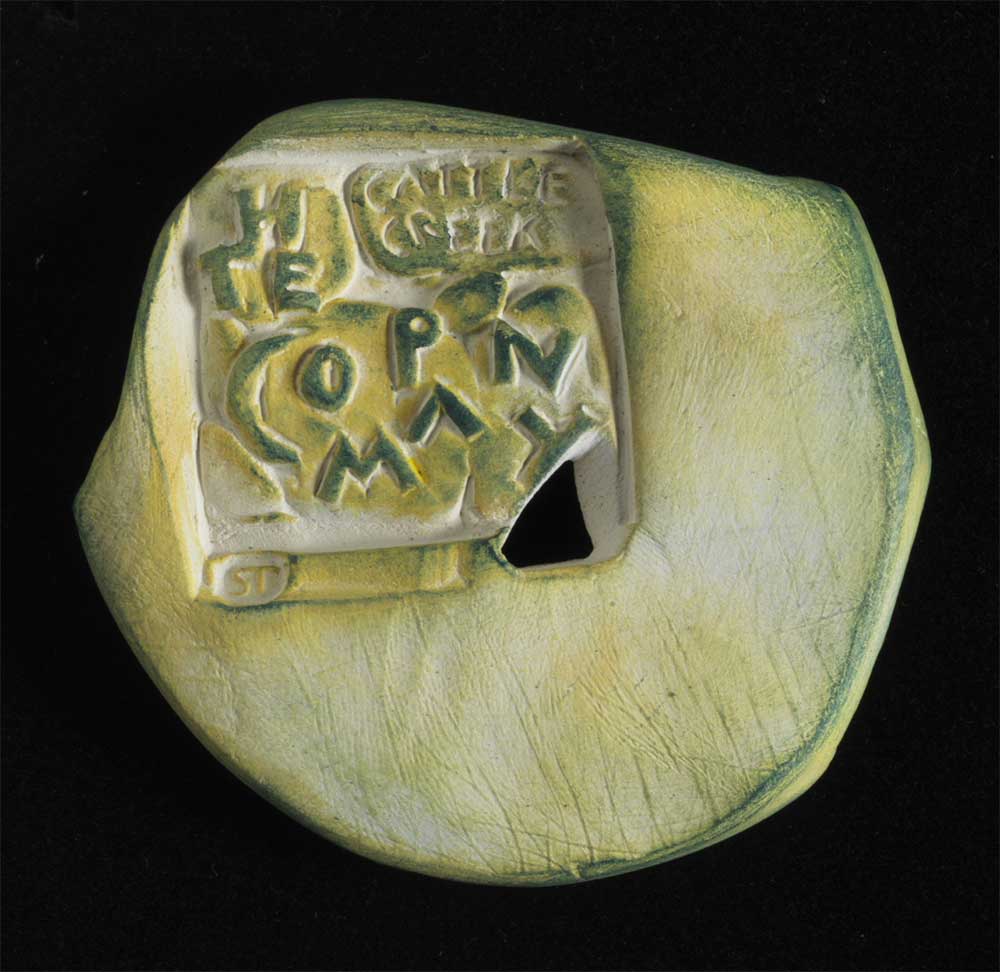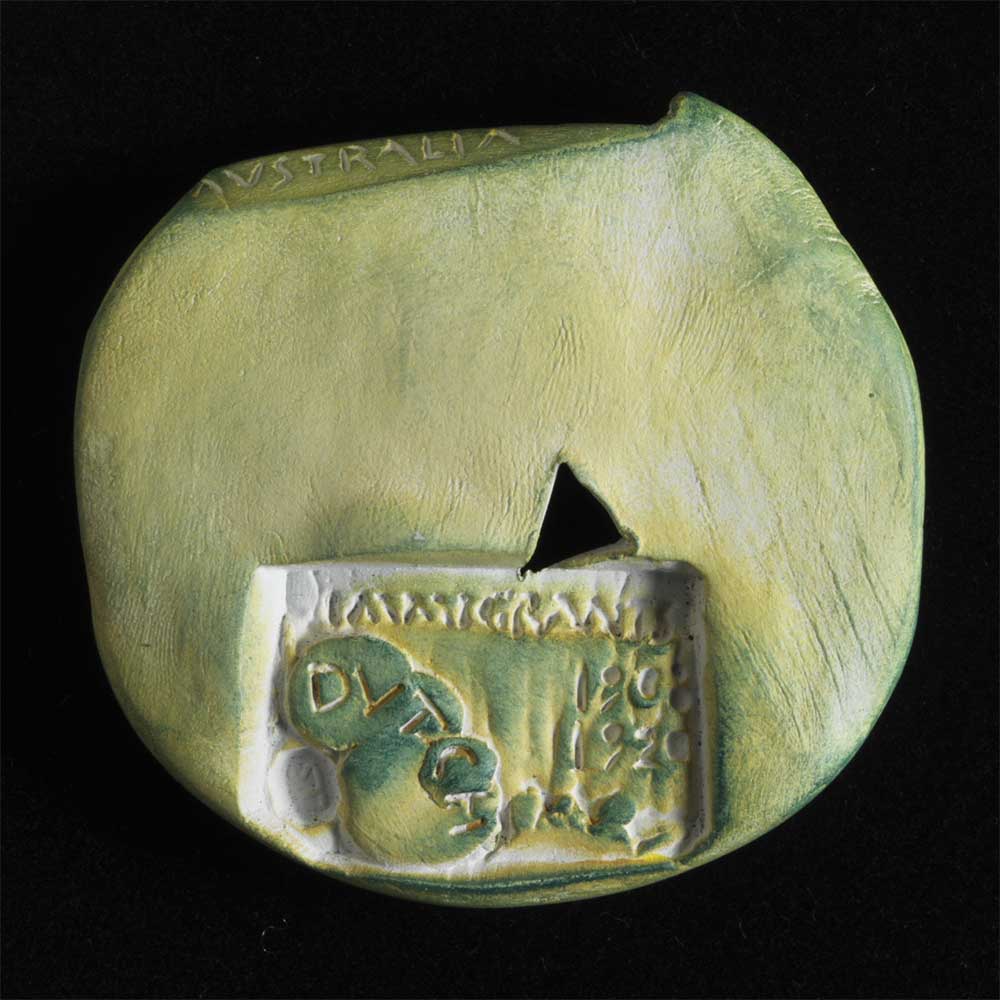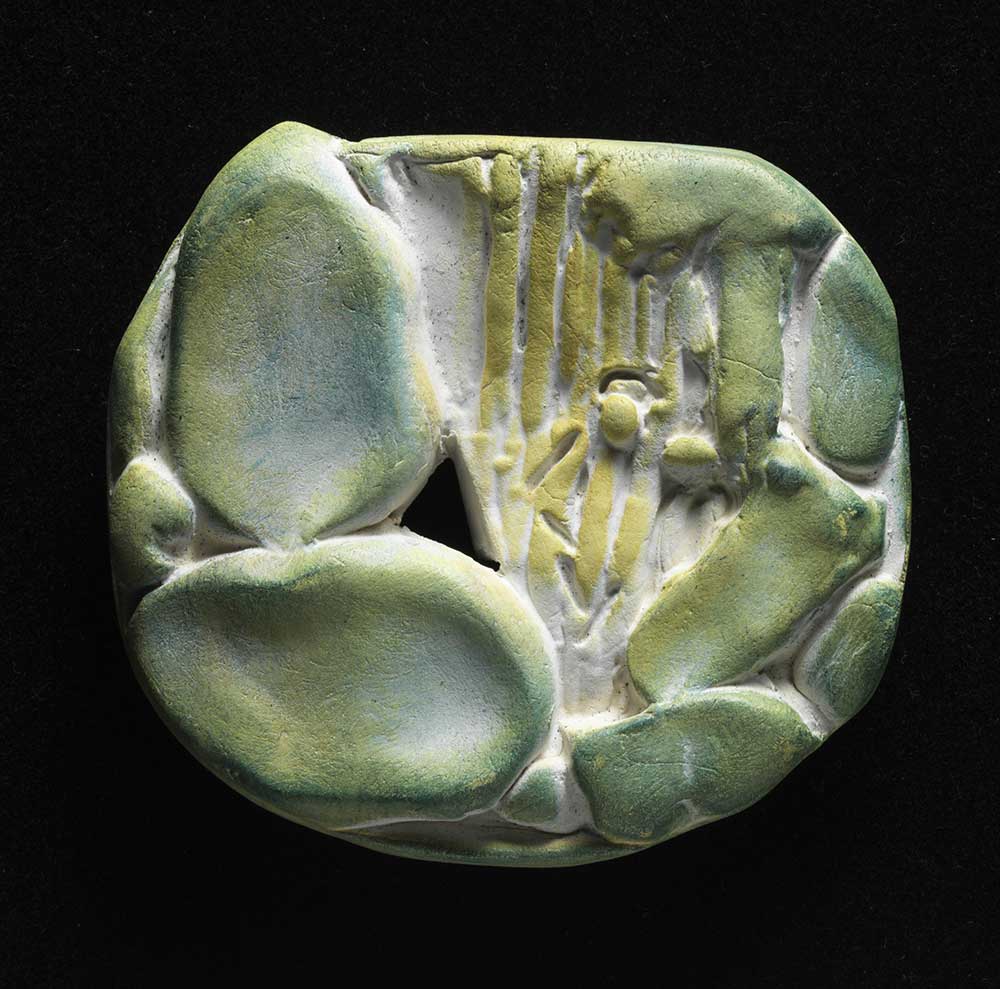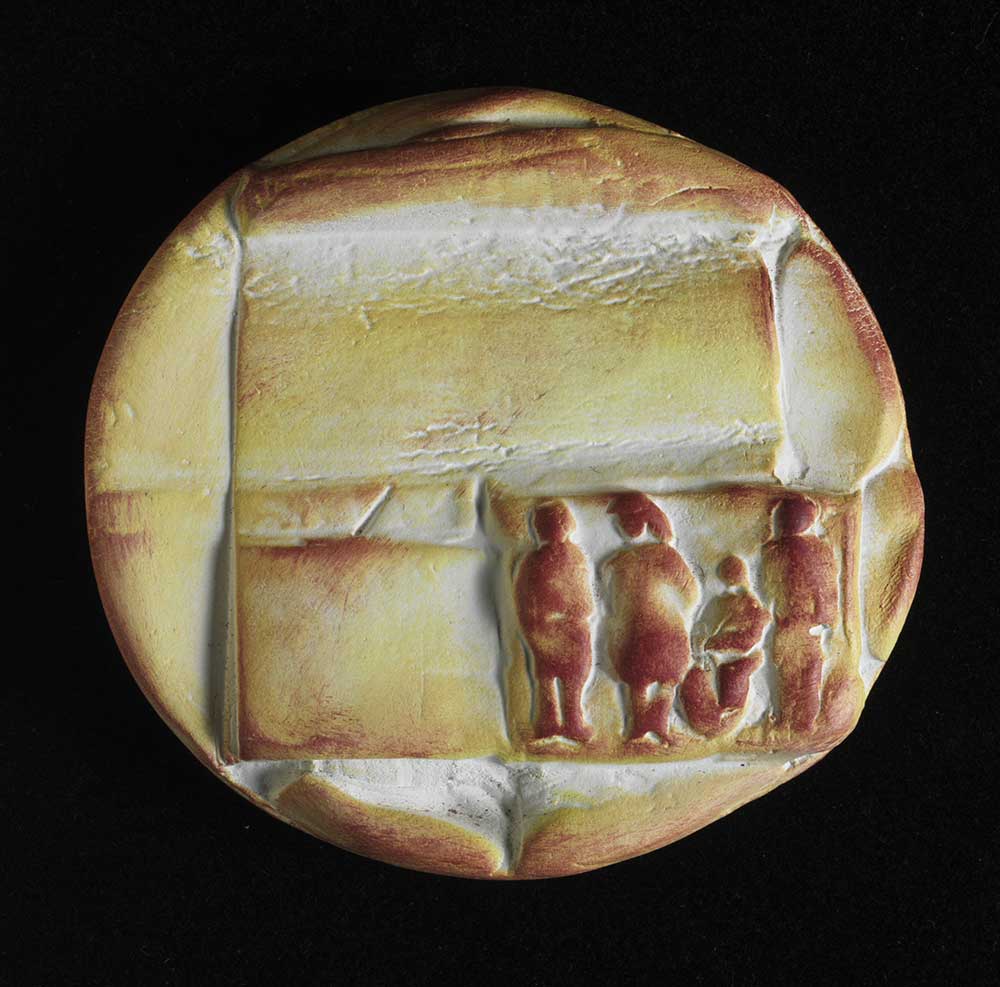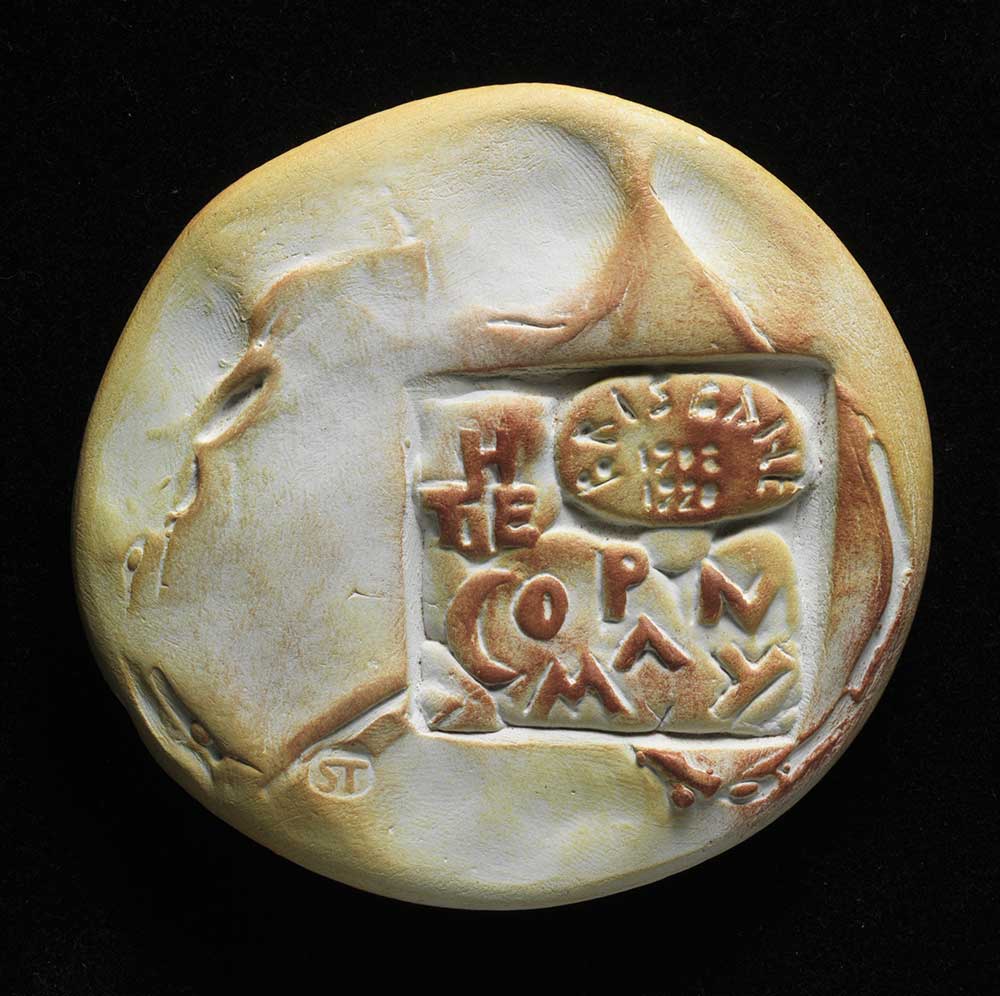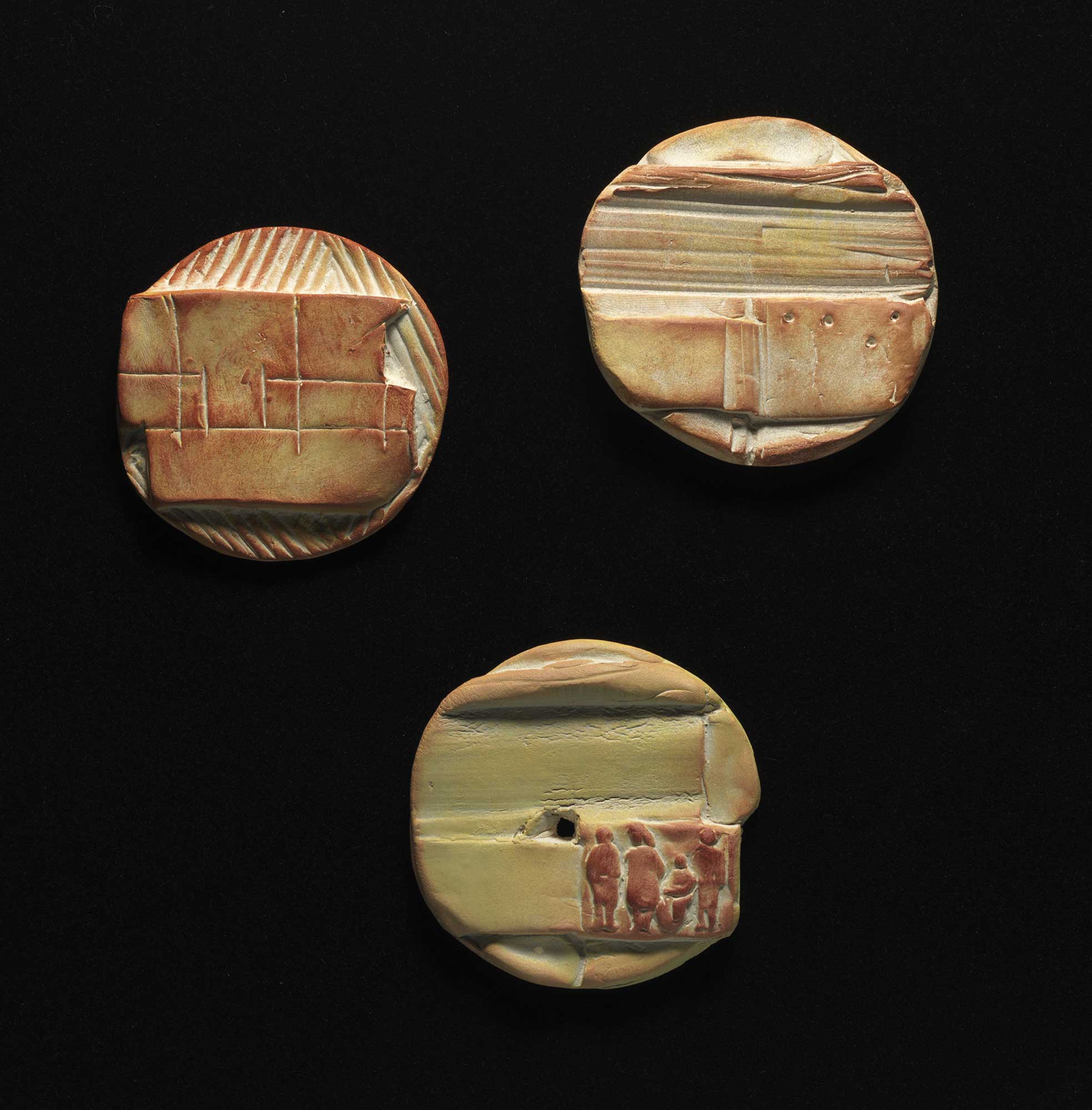Early Dutch immigrants to Australia
Brisbane / Cattle Creek
Speech pronounced at the BAMS (the British Art Medal Society), 12th of april 2019
This is a lecture about the development of ‘the Company’ award: two medals dedicated to the early Dutch emigration into Queensland, Australia :
1. “The Cattle Creek “medal
2.
“The new generation “medal
First of all a general statement about my work :
1. A medal is the result of visual thinking
2. A medal is a homeless medium bravely looking for its own definition
3. A medal is a mentality, a nearly Darwinian voyage
4. The process of medal making evokes one question: ‘what makes form into a medal?’
5. My work has been created directly in clay. It is sculptural:
the right material in the right place. All formed by hand and coloured by
shoe polish.
Around 1910, a group of young Dutch people, born in the late
19th century began to hold meetings (in the outer Amsterdam
working-class area of Buiksloot) to discuss the possibilities
of migration to Australia. They all had personal histories of family hardship,
meagre diet, premature family death through tuberculosis contracted from
overcrowded, damp living conditions.
Families had moved from rural areas into the city
as a result of economic depression in the agricultural sector.
They were caught up by industrial unrest in the cities and
high unemployment. The young group of committed socialists named themselves
symbolically in English: ‘The Company’ in preparation for a new life in British Australia.
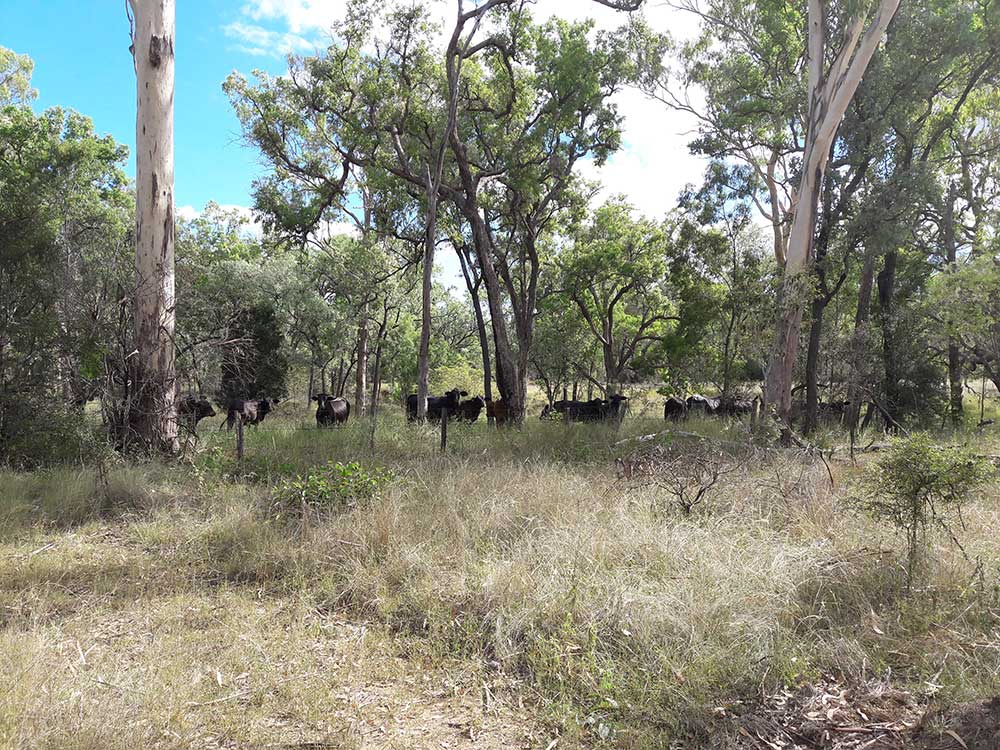
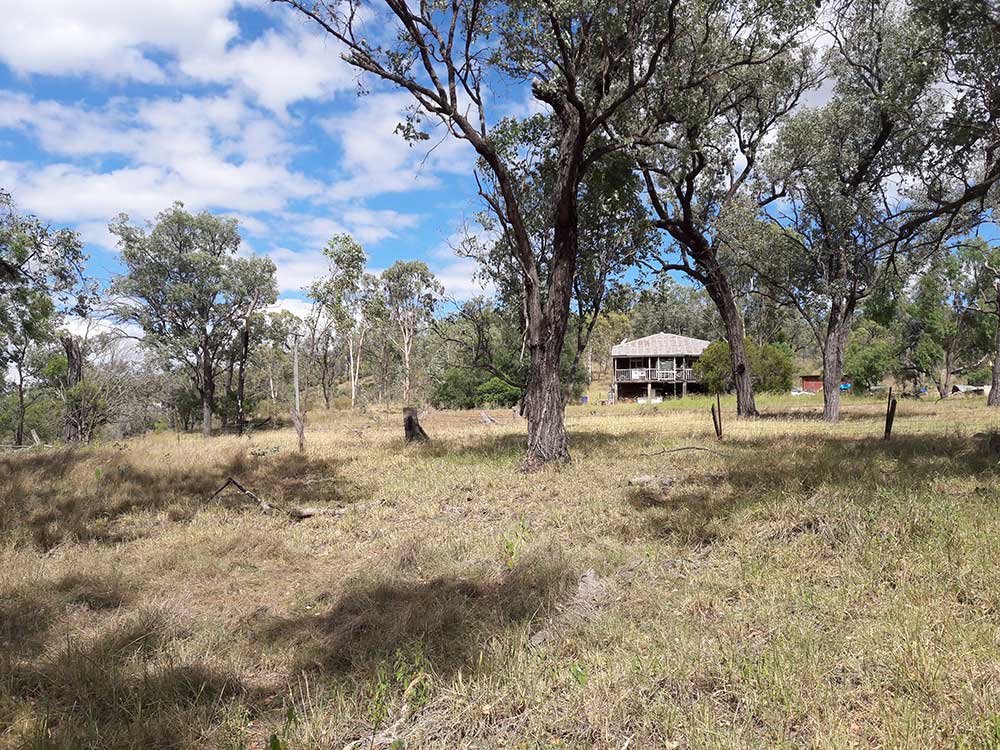
Many were under thirty, politically aware and had adventurous
attitudes about migration, mostly ignorant of farming. From 1912 until 1920,
about 80 individuals , in a kind of chain, organised by ‘The Company’ migrated to Queensland, Australia. They choose to settle in a semi urban area around Brisbane and in the remote wilderness of Cattle Creek, 400 miles northwest of Brisbane.
This history has been written down in a book by my second cousin Diane Gabb, and inspired me in making two medals, named the ‘Cattle Creek’ medal and ‘The New Generation’ medal. I would like to thank her very much for that.
Each voyage took about 8 weeks during which men and women were segregated into separate third-class communal cabins. As it was 1914 there was considerable tension between German and Dutch travellers in shared cabins.
The sudden declaration of war prohibited the ship from allowing passengers to go ashore at any foreign ports. Few fresh provisions were available during the voyage. Children died from contaminated ship’s food.
Finally, they arrived in Brisbane and there they were united with the other members of the group. The original plan was to travel 400 miles north to develop a communal farm on uncleared land. The more vulnerable people, mentally and physically, decided to settle around Brisbane. The more energetic people continued to travel into the remote and undeveloped country. From the last railway station they had to walk for a 70 miles.
“The new generation” medal
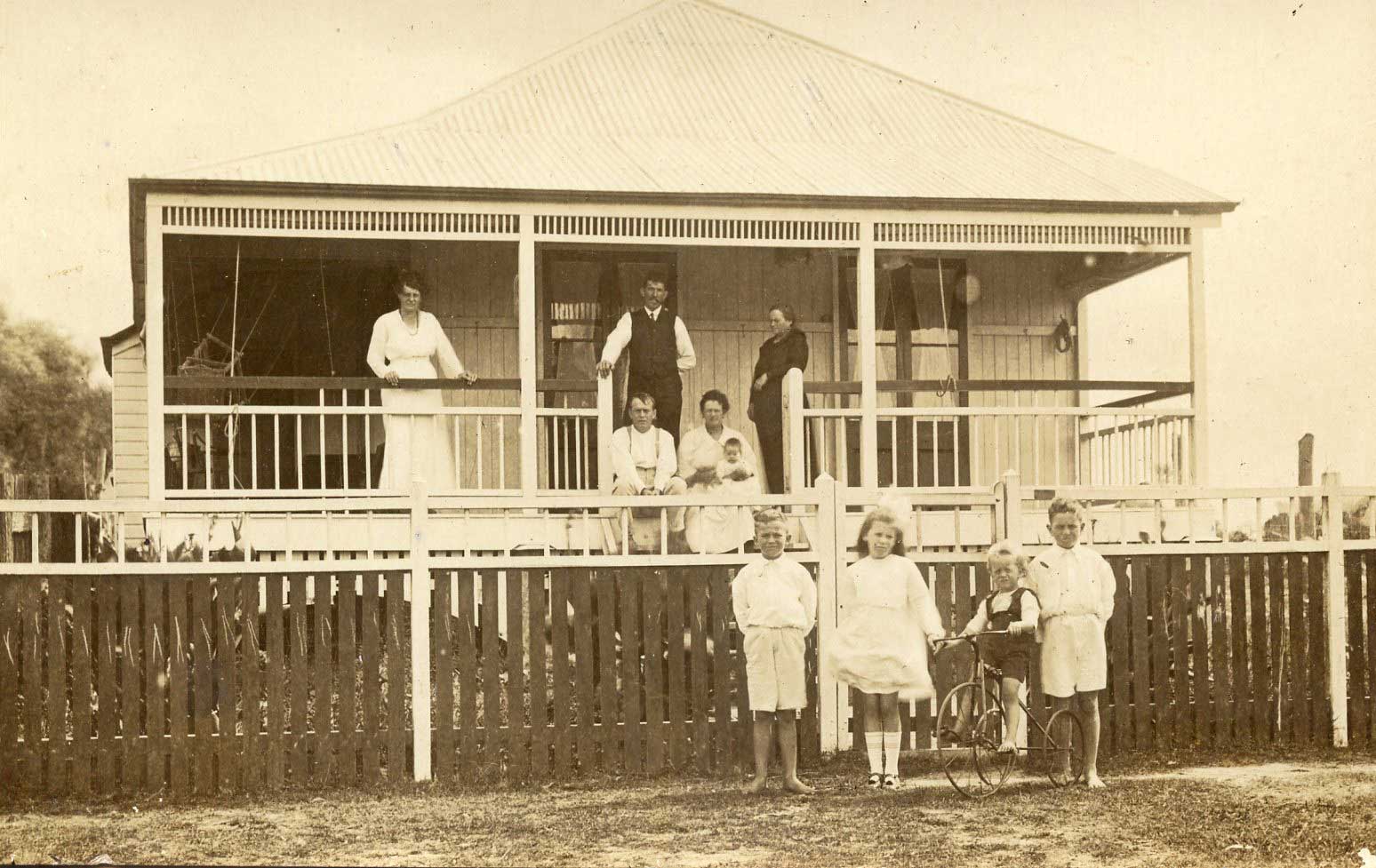
The photo of the Sunday morning family meeting in Brisbane was
serene, but too complex for a medal. Too many figures in the shadow of a
dark architecture. I had to reduce and simplify in order to find my own
artistic vision. Besides that, I wanted to avoid a straightforward reproduction
of the photograph.
‘How do you transform information into a medal?’
I decided to transform the architecture from a house into the
architecture of a landscape. I removed the elder people in the shadow to
emphasize the younger ones in the spotlight. On the photo, the children
were staring directly into the camera. In the modelling of the clay, I have
changed this position slightly. I literally chose for the next step, the
next movement. Now they are communicating to each other. A connection was
born and so was the title of this medal: ‘The New Generation’.
The reverse shows an echo of the map of Australia, in which you see a powerful print of “The Company “ just on the location of Brisbane.
“The prickly pears” medal
The original intention of the Company was to set out for the
area of Cattle Creek. They had previously selected the land from a map,
the land they never saw before. They could lease the land on condition that
they eradicated the Prickly Pears, a weed which is extremely difficult to
destroy. At that time, 400.000 hectares were covered by this cactus plant.
The photo shows an exhausted settler in a forest, leaning toward a cactus
tree. This was my inspiration for my second medal. I made a drawing and
discovered an unexpected religious association: the human figure standing
in the wilderness had been changed into an exhausted Saint, leaning against
a cross with a halo as a hat.
The obverse shows a human being as an integral part of the wilderness,
surrounded by the threat of the Prickly Pears. The hat, leaning backwards,
emerges into the expression of a halo.
Three sketches :
1. The combination of text and wilderness
2. To create a figure as an entity with nature.
3.How to fit a reverse into the rough contour of the medal.
In the final version the obverse shows a human being as an integral part of the wilderness. Only some engraved lines give the illusion of a body suggesting a kind of classical contraposto . A triangle, thorn like hole gives us the entrance to the reverse. The strong impression of the stamp into the clay shows the text : Dutch immigrants 1908-1920. The name of “Australia”is pushed against the irregular, rough edge of the medal. This version is more appropriate than the other two, concerning the subject matter of the obverse.
The migration of the medals
The size of a medal is more than inches.
The medal is a gesture.
To honour the efforts of the company members, it was obvious
to me not only to make the medals, but also to take them
back and donate them to a local museum, nearby Cattle Creek.
It proved to be a trip into the remote wilderness, more than
3000 miles. And our family expedition found the original
wooden house, built in the 30th in Cattle Creek. Before that house they
were living in huts made of bark. Now it seems to be paradise, but still
without a supply of water. The Prickly Pears reappeared everywhere.
The local museum in Munduberra was not specialised or interested
in art. The medals were doomed to disappear. Therefore, I
decided to abandon the idea of leaving the medals there. More attractive
was the idea of creating an award ‘The Company Award’ for those who are interested in history, not only academic but also by active participation . For a period of a year, I entrusted the medals in a specially designed box to my cousin Keith Needham, who had been our companion during the 3000 miles.
As I mentioned in the beginning of my lecture: making a medal is nearly a Darwinian process of selection.
As a metaphor I will finish now my speech by showing you one example from my Darwin road , that means from the more than 80 variations : “The Beagle in summertime”.
Thank you.
Geer Steyn
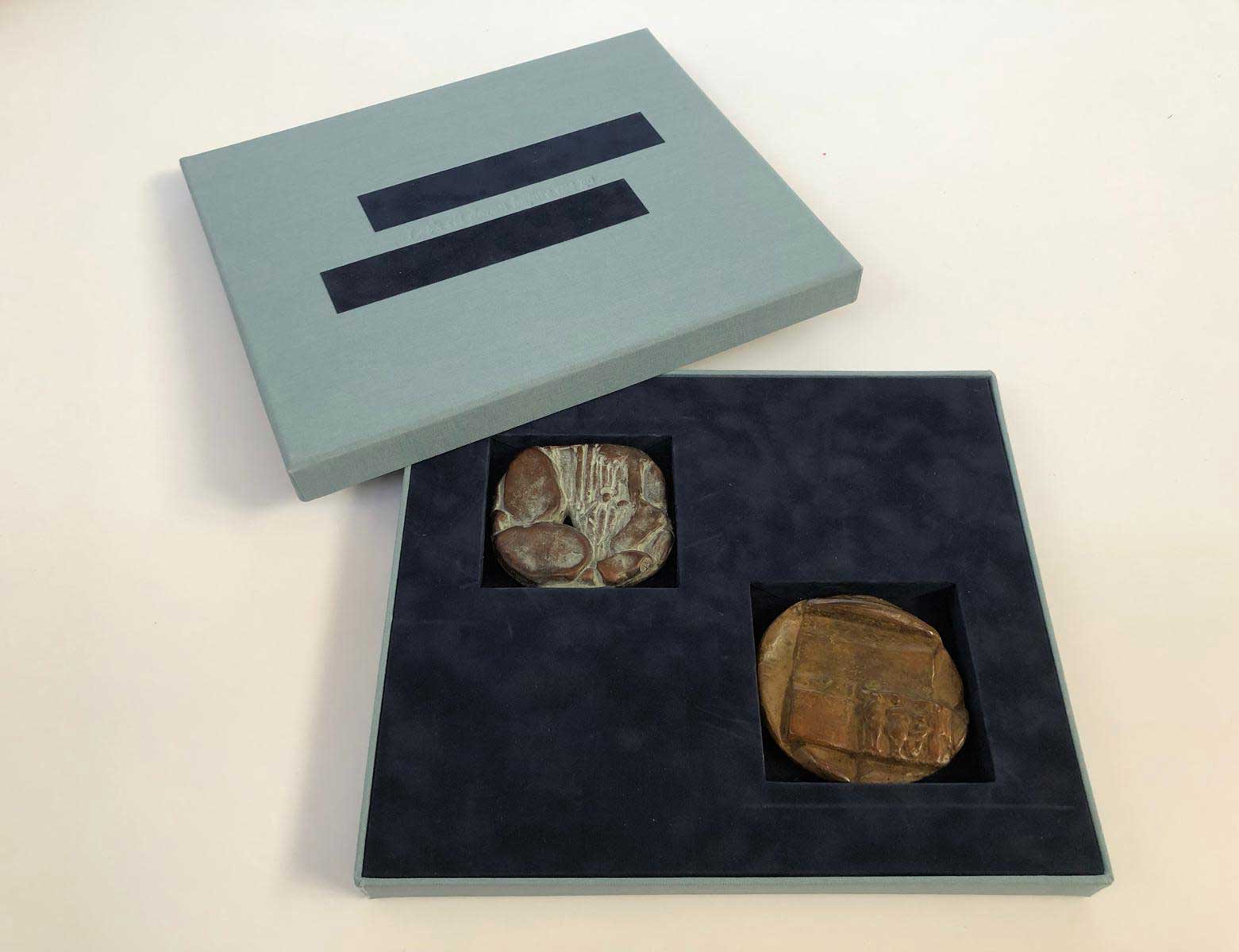
Paper published in "the Medal", a magazine from the British Museum (you can read it here).
